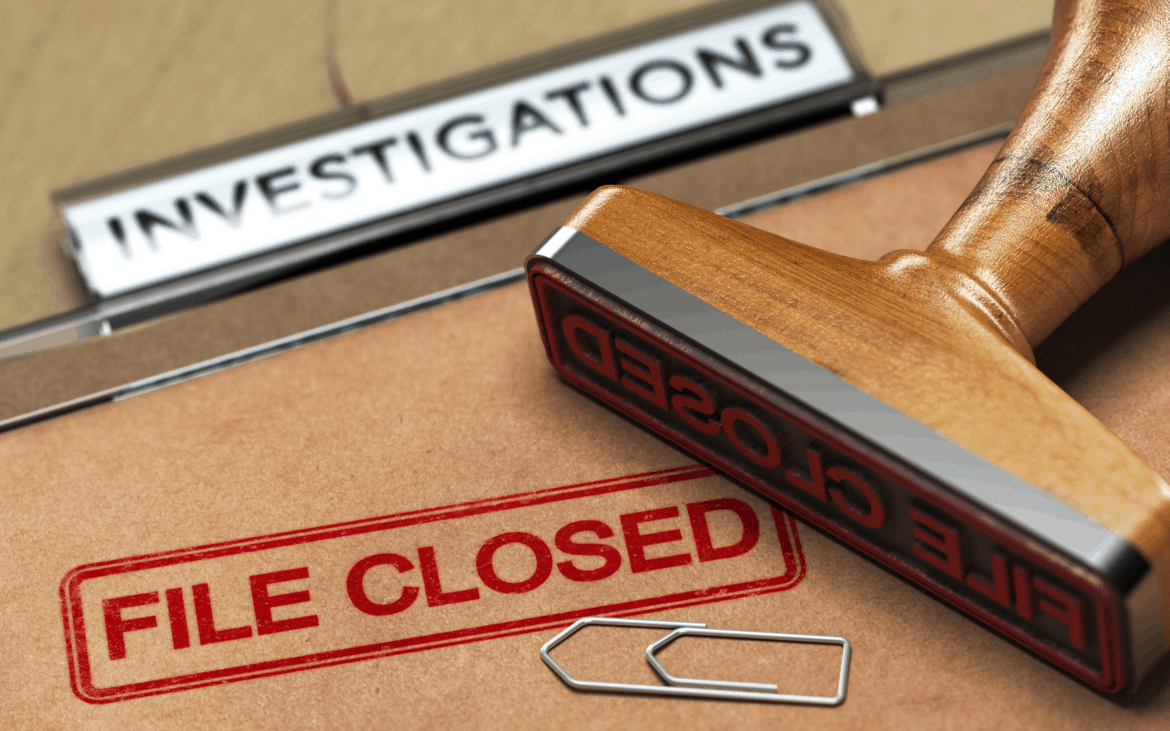Workplace investigations are almost always a difficult undertaking for Companies.
One aspect on which all managers, senior business leaders and HR usually agree, is the importance of getting the procedural aspects of the investigation right. Getting it wrong will not only potentially increase the risk in terms of the Employer’s ability to defend any resulting disciplinary action that the Company believed was ‘fair, reasonable and just’, it also has the potential to have a detrimental impact on the Company’s culture.
Fresh from undertaking a detailed, lengthy and independent workplace investigation for a client, we provide our top tips for conducting a workplace investigation.
- Be clear on what it is that you’re investigating.
That is, from the outset, have a clear understanding of the scope of the complaint. Once the investigation gets underway and more details come to light, it’s not uncommon for the number of allegations to increase and for the investigative process to not play out as planned. It’s a good idea, as best as possible, to be prepared for this outcome, i.e. ‘prepare for the unexpected’ and to be aware of any possible further allegations or complaints that may arise. This will assist with establishing a framework for how the investigation will be conducted and the timeframe.
- From the outset, consider the potential risks.
Try to determine what steps you can take to minimise these:
- is it likely that a respondent may interfere with evidence, or possibly intimidate or liaise with witnesses?
- Give consideration to whether the employee should be suspended from work during the investigation.
- Ensure that steps taken as a result of the investigation are consistent with disciplinary policies of the Company and legislation.
- An internal or external investigator?
Many factors will go into this decision, including but not limited to:
- The complexity of the situation: are there a number of complaints, are the details likely to be complicated with a number of conflicting stories, or is it likely that a significant number of people will be involved?
- The severity of the complaint(s): Is termination of employment a potential or likely outcome of the investigation?
- The potential for bias in terms of the outcome if the investigation is managed internally by the CEO or internal HR. Even if the outcome is not challenged by the impacted employee and tested by the Fair Work Commission, consider also the perception of bias that may be held by individuals impacted by the allegations and any decisions that are made.
- Do our internal people involved in the investigation have the right level of expertise, experience and capacity to ensure a thorough and detailed investigation?
- Do any of the internal people have a close working or personal relationship with the individuals impacted by the allegations?
- A detailed and thorough process to investigate the allegations.
As part of the process, ensure that all relevant individuals are interviewed. Detailed, thorough and relevant notes need to be taken throughout the process, to ensure that not only ‘no stone is left unturned’, but also for fairness as it’s likely that the investigator will need to go back to certain individuals to recap and/or seek further comment once additional information comes to light.
- Timeliness. Once a complaint for the investigation is received, don’t delay. Timeliness is everything. Commence the investigation as soon as possible to avoid any further potential incidents occurring and also to ensure the people involved in the investigation can recollect the facts as best as possible.
- Procedural fairness. All individuals involved in the investigation should be afforded procedural fairness, particularly the respondent. The respondent should be given the opportunity to respond to each and every allegation, including when subsequent contradictory evidence may be provided as well as the right to an unbiased decision (refer back to point 3.iii above).
- Confidentiality. Fundamental to the investigation process is ensuring privacy and confidentiality for those involved, and in particular for the complainant(s) and respondent(s). The Company should seek to avoid any form of victimisation against the complainant or any individual assisting someone to make a complaint.
- Role of the Investigator and Decision Maker. In addition to assigning a lead investigator, the Company also needs to have determined who will be the decision maker. It should go without saying that both investigator and decision maker should have no direct involvement with the alleged incident(s). The chief role of the decision maker is to determine what action is necessary based on the findings of the investigator.
The take-away: each and every investigation process that’s undertaken should be thorough, timely, considered, impartial and ensure that all involved employees are afforded procedural fairness at every stage.
It can often result in a time consuming and all-encompassing process for those involved but the risks of not doing it in this manner far outweigh any benefits derived from hastily undertaking an investigation process and determining resultant findings and outcomes.
Nick Hedges is the founder of Resolve HR, a Sydney-based HR consultancy specialising in providing workplace advice to managers and business owners. He recently published his first book, “Is Your Team Failing Or Kicking Goals – Take control of your people and their performance”. It is a practical response to the most pressing HR challenges, which can be found at https://resolvehr.com.au/.

